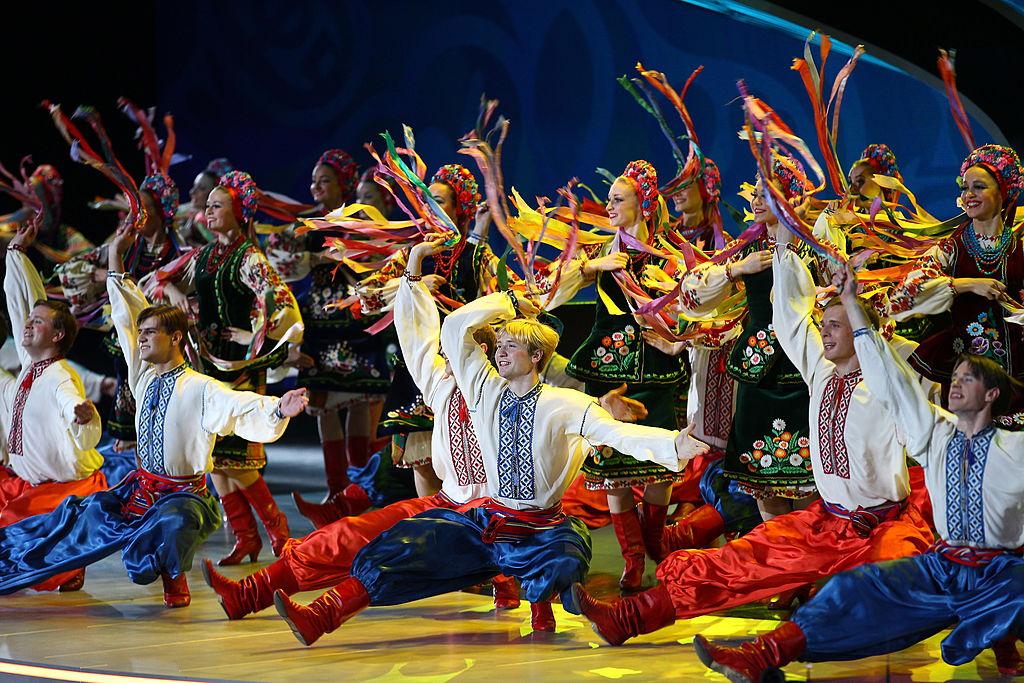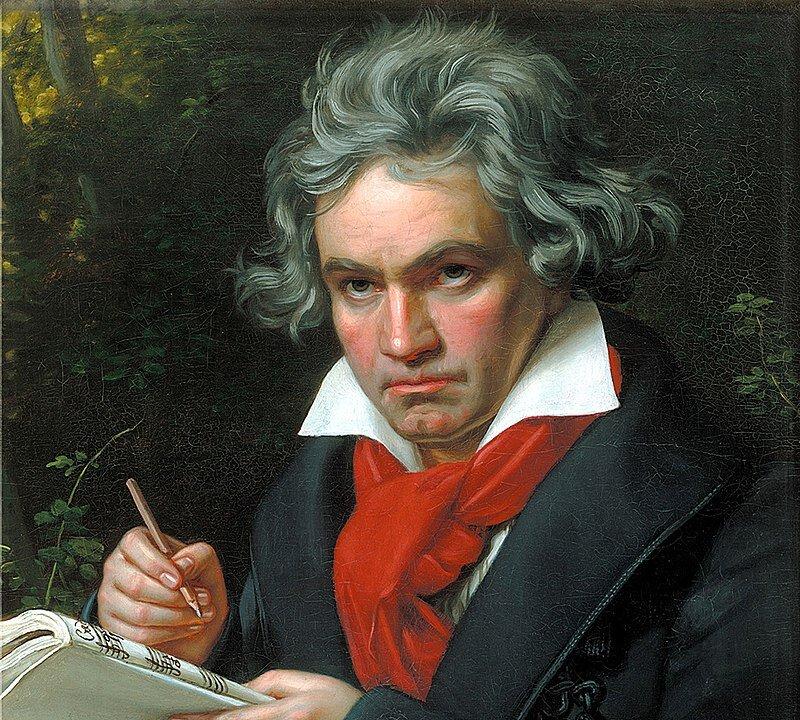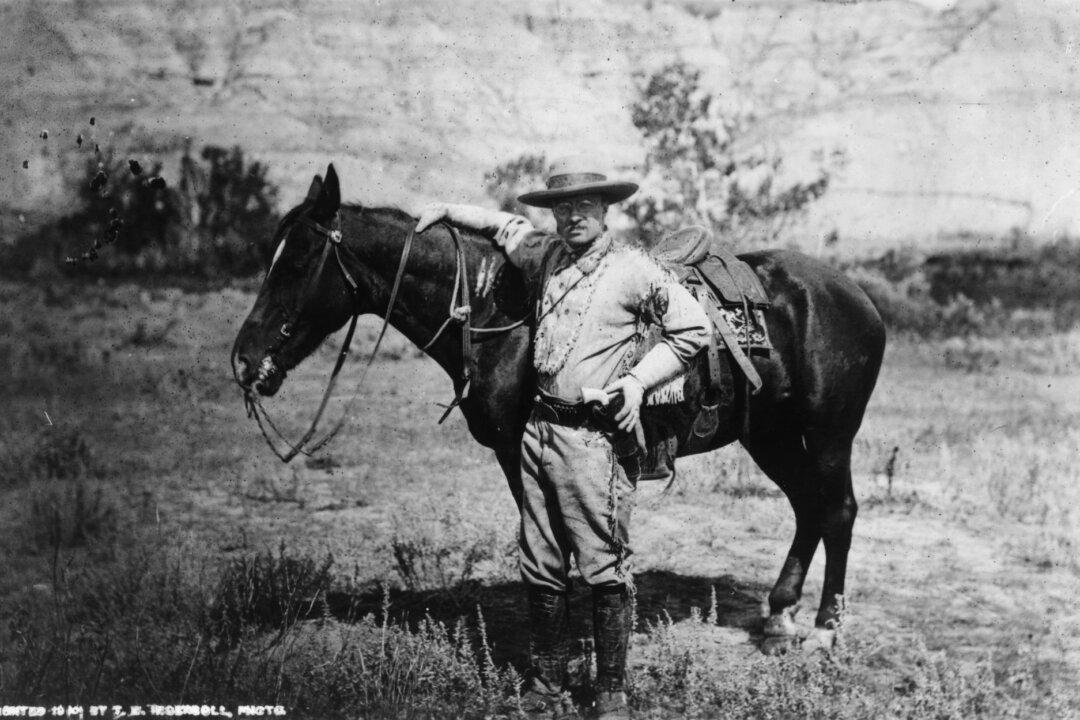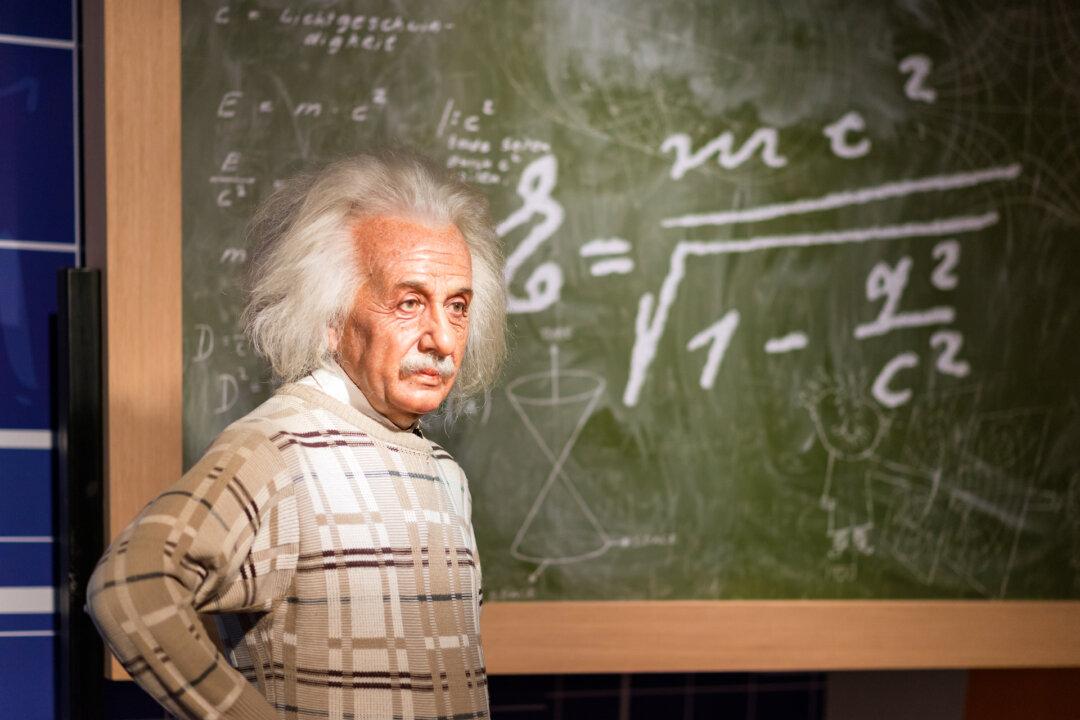Classical and traditional music for dance varies widely around the world, making it especially colorful. Different regions and cultures have developed unique styles of dance music, often deeply rooted in their traditions.
Music for dance is particularly enjoyable because it is usually written for the broader public and often based on catchy rhythms and melodies. As a young musician, much of my favorite classical music to perform was dance-based. In getting to know these genres of music and dance, we can broaden our horizons and make life a little more fun. After all, variety is the spice of life, and there is such beauty in the many cultures of the world.





